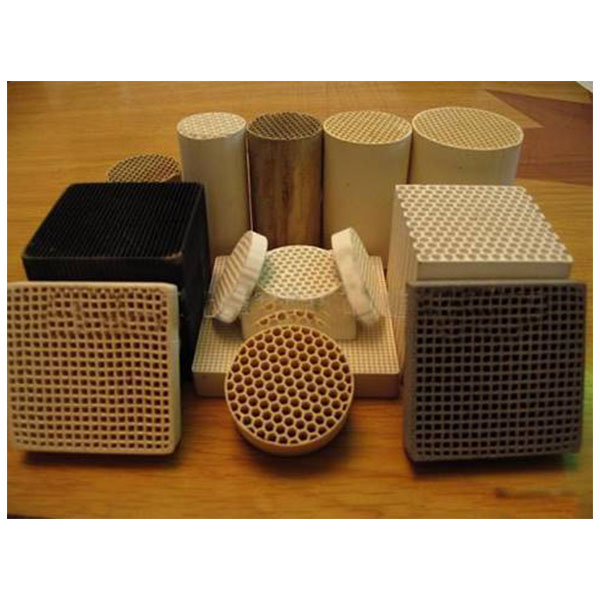Exploring Catalyst Formulations in Exhaust Gas After-treatment: Pros and Cons

Catalyst Components After treatment system
Catalysts play a crucial role in reducing harmful emissions from exhaust gases produced by vehicles and industrial processes. Different catalyst formulations are used to target specific pollutants. Here are some common types along with their advantages and disadvantages.
Platinum group metal (PGM) catalysts:
Advantages: PGM catalysts, such as platinum, palladium, and rhodium, have excellent catalytic activity and high conversion efficiency for various pollutants like nitrogen oxides (NOx), carbon monoxide (CO), and hydrocarbons (HC).
Disadvantages: PGM catalysts are expensive and can be subject to catalyst poisoning, especially by sulfur compounds, which can reduce their effectiveness over time.
Base metal catalysts:
Advantages: Base metal catalysts, such as copper, nickel, and iron, are less expensive than PGM catalysts. They are effective in reducing NOx emissions, especially in diesel engines, and can withstand sulfur poisoning to some extent.
Disadvantages: Base metal catalysts often have lower conversion efficiency compared to PGM catalysts. They may require higher operating temperatures to achieve optimal performance.
Zeolite catalysts:
Advantages: Zeolite-based catalysts are commonly used for selective catalytic reduction (SCR) systems to reduce NOx emissions. They have high thermal and chemical stability, low toxicity, and good resistance to poisoning.
Disadvantages: Zeolite catalysts typically require high operating temperatures and rely on the presence of a reducing agent, such as ammonia or urea, to achieve efficient NOx reduction. The storage and delivery of the reducing agent add complexity to the system.
Three-way catalysts (TWC):
Advantages: TWC catalysts are widely used in gasoline engines and can simultaneously reduce NOx, CO, and HC emissions. They operate efficiently at a stoichiometric air-fuel ratio.
Disadvantages: TWC catalysts have limitations in controlling emissions under rich or lean air-fuel conditions. They may be less effective in reducing NOx emissions compared to SCR systems.
It’s important to note that the advantages and disadvantages mentioned above are broad generalizations, and specific catalyst formulations and configurations can vary significantly depending on the application. Additionally, ongoing research and technological advancements continually improve catalyst performance, efficiency, and durability.
